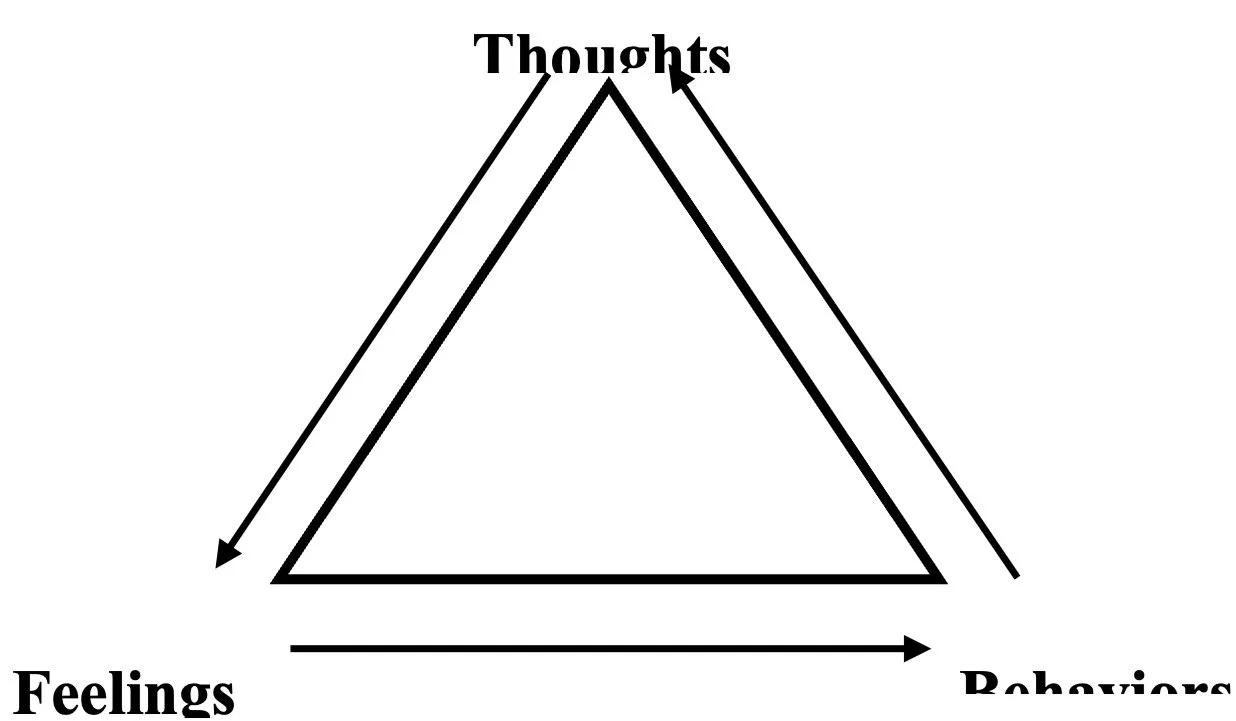Thoughts, Feelings, and Behaviors: An Introduction
Descartes, in his journey for a statement which could not be doubted, landed on the infamous statement, “I think, therefore I am.” As he had identified, the act of thought is central to existence, for without it, mankind ceases to be willful. However, it is not simply thought that demonstrates our existence, for we are not simply philosophers who do nothing but sit around contemplating our existence; we feel and act as well.
If thoughts, emotions, and behaviors are the pillars of existence, it stands to reason that we can control our life, at least in part, by learning to manage and regulate them. But what is the connection between those pillars of existence? Are they independent or interdependent? And what, if any, control do we possess in each? In the following posts, we will explore these concepts further to understand how they are connected and how they can be directed and developed to our benefit.
A simple review of your day will make it apparent to you that you have control over your actions (you willfully chose to click on this blog post, did you not?) and that there is an obvious connection between your feelings and your behavior. When you were angry, you yelled, which made you feel ashamed. When you were sad, you cried, maybe isolating yourself from those around you, which made you feel lonely. When you were worried, you ate a Snickers, which made you feel happy but also a little guilty.
We all recognize the interdependence of feelings and behaviors, yet most people miss the third, and arguably the most important, cog in this system: thoughts. What we miss is that our thoughts initiate the other two. Experiences trigger preconceived thinking patterns, thinking patterns produce emotions, emotions lead us to act, and our actions reinforce the original thinking patters or trigger different ones. And the cycle continues.
This internal system is best expressed as a triangle, as seen in the figure below.
In the upcoming posts, we will discuss thoughts, feelings, and behaviors individually, explore their connections to the others, and provide you with helpful skills and practices you can utilize to stop the negative cycle that you often find yourself in.


